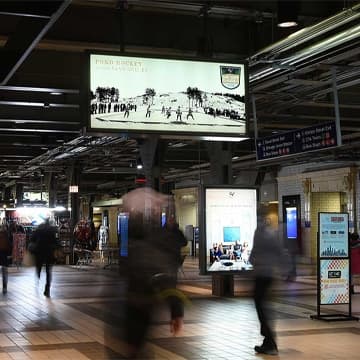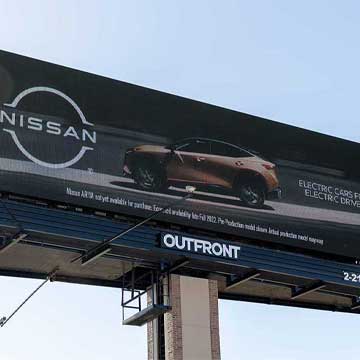
From Billboard to Beach: Proving the Power of Out of Home with Measurement and Attribution
September 17, 2024
One of the hottest topics in out of home right now is measurement and attribution. Metrics are everything to marketers, and while it can be tempting to think of the billboard as an old-fashioned format, it’s also wrong. Today, advertisers have more ways than ever to quantify the success of an OOH campaign.
At OUTFRONT, we’re more than just experts on the subject. We’re leaders. That’s why when Visit St. Pete/Clearwater tasked its agencies, Murphy Media Group and BVK, with measuring, evaluating, and optimizing the performance of a multi-city, multi-operator OOH campaign, they turned to us.
There were two key questions to which the destination marketer sought answers. First, how did the campaign impact visitation to the VSPC website? Second, how did it impact real-world visitation to sunny Pinellas County?
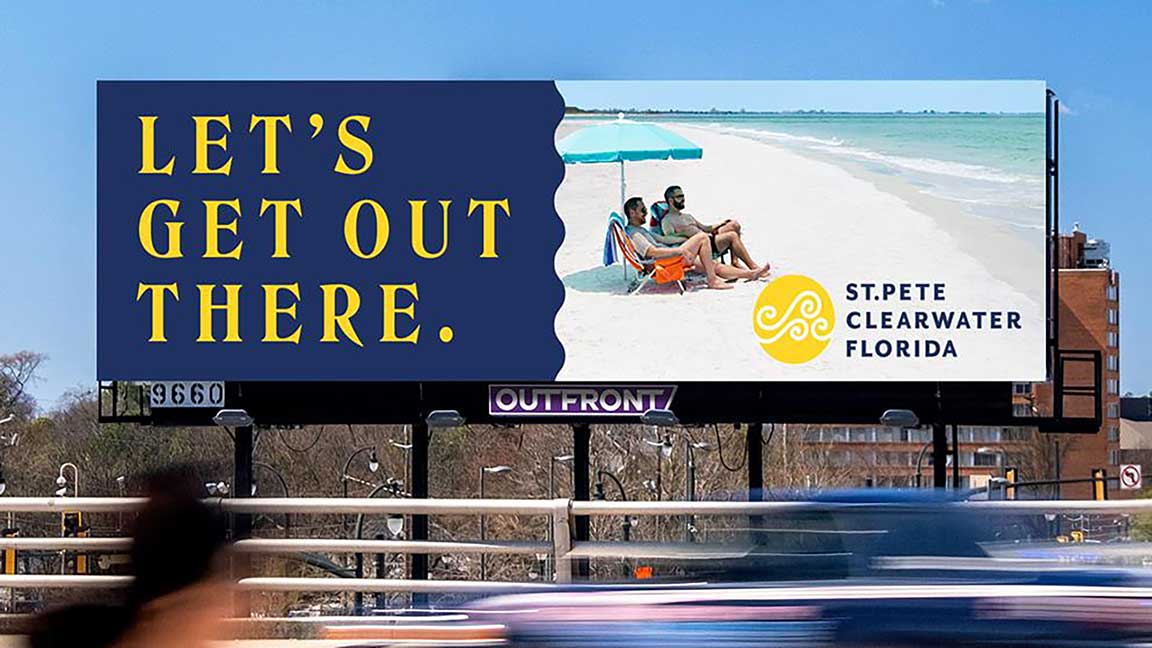
Let’s answer the second question first: more than 79,000 of those exposed to the OOH campaign took the trip (SOURCE: OUTFRONT Mobile). To put that in perspective, the region has about 48,000 hotel rooms (SOURCE: HVS). Pause and think about that for a second. The campaign was so successful, it put a guest in every room, in every hotel, more than 1.5x over.
That’s an absolutely massive impact. What was the secret ingredient?
The answer is mobile. By creating a seamless connection with real-world OOH, advertisers can reinforce their messaging and ultimately increase conversions. After all, out of home’s synergistic relationship with mobile has been well-documented. Research has shown consumers to be 48% more likely to engage with a mobile ad after encountering the same campaign via OOH (SOURCE: Ocean Neuroscience) and in fact, over 87,000 of those exposed to the OOH campaign later clicked on the VSPC ad when it was served to their mobile device.
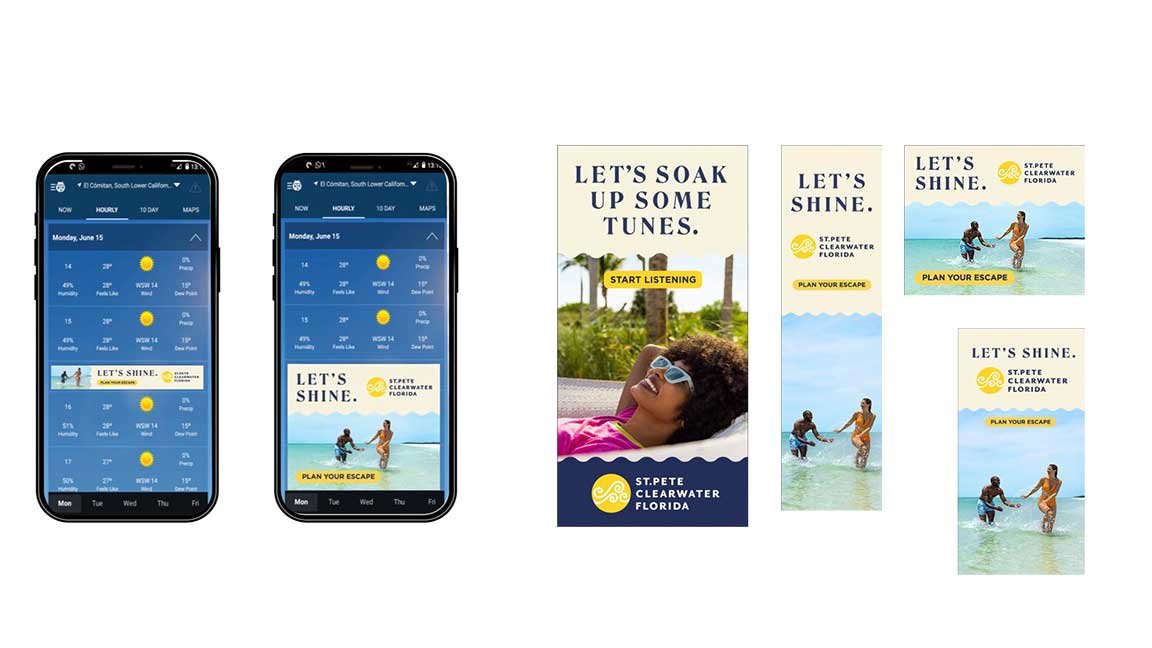
Here’s how we made it happen.
First, we established custom viewsheds and geofencing of the physical OOH assets. Viewsheds represent the area from which a billboard is visible, while geofencing enables the tracking of mobile devices that enter it. When a consumer’s device is detected within the viewshed while the ad is running, we then know that device (and in theory, the person holding it) has been exposed.
Since every phone has a unique identifier (tied to the device, not to you or your personally identifiable information), we know not only who’s been exposed to a billboard, but we also know where to send a follow-up! Mobile retargeting serves as a force multiplier for OOH campaigns, driving the frequency that makes a message stick.
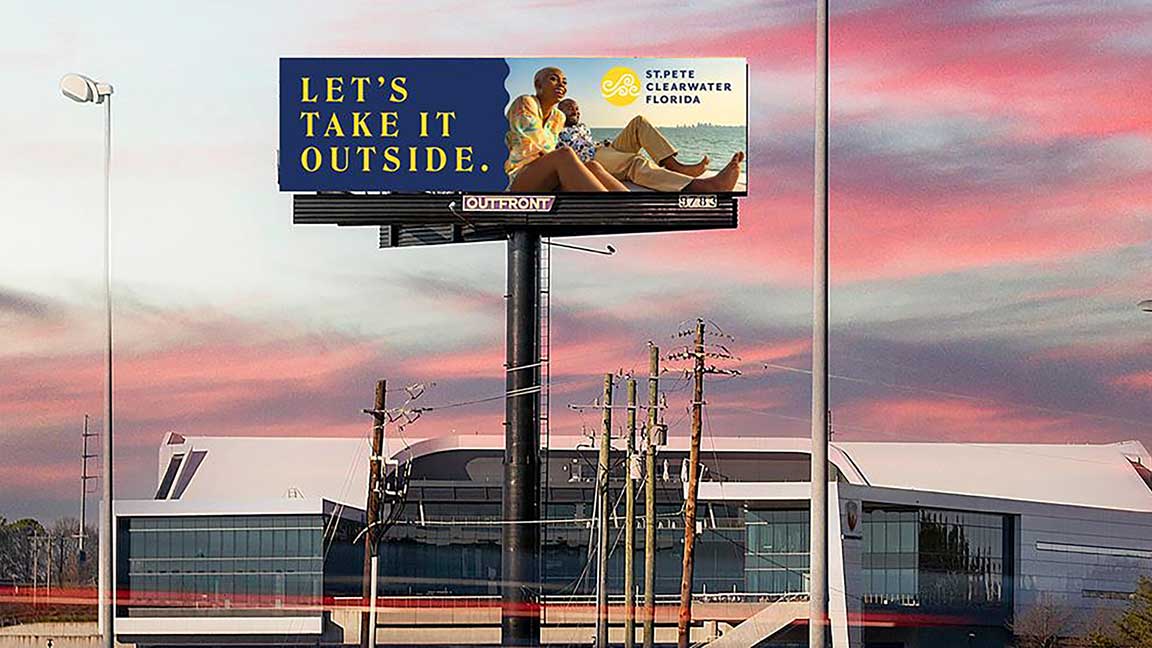
But we didn’t stop there. We then geofenced the entire St. Petersburg/Clearwater region and measured how many of those retargeted devices eventually ended up inside the fence. Footfall may be the most exciting of out of home’s measurement and attribution capabilities, because it proves real-world, bottom-funnel impact for a medium that’s traditionally been viewed primarily as one for building brand awareness.
By tapping into the magic of those unique identifiers on our phones, we were also able to identify the types of people who responded to the campaign. They’re called “lookalike audiences,” because we don’t know who the individuals in that audience are – but we do know that in this case they include party animals, Gen Z, working moms, casino-goers, and Metro PCS subscribers.
The hard numbers provided by attribution studies like this can help brands prove ROI for past campaigns, while the qualitative data behind those numbers can help guide future audience targeting and creative decisions.
Do you need the data that demonstrate ROI for your campaigns? Contact OUTFRONT and let’s talk about how an out of home attribution study can give you what you require.
Author: Jay Fenster, Marketing Manager @ OUTFRONT
Links to third-party content are not endorsed by OUTFRONT Media.
Relevant OOH Content Straight To Your Inbox
Essential out of home insights, trends, and success stories. Delivered weekly.

